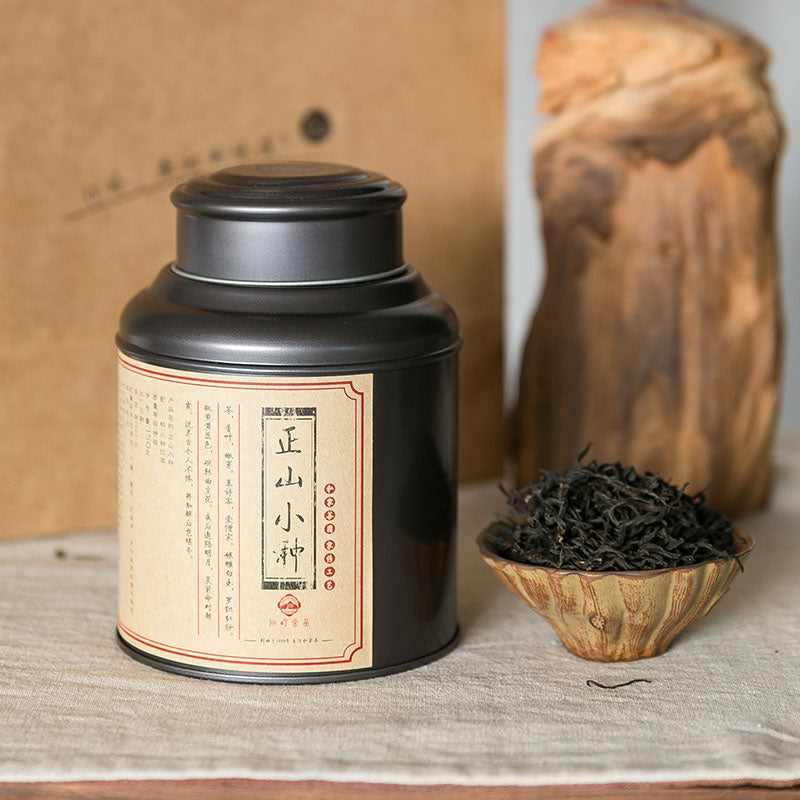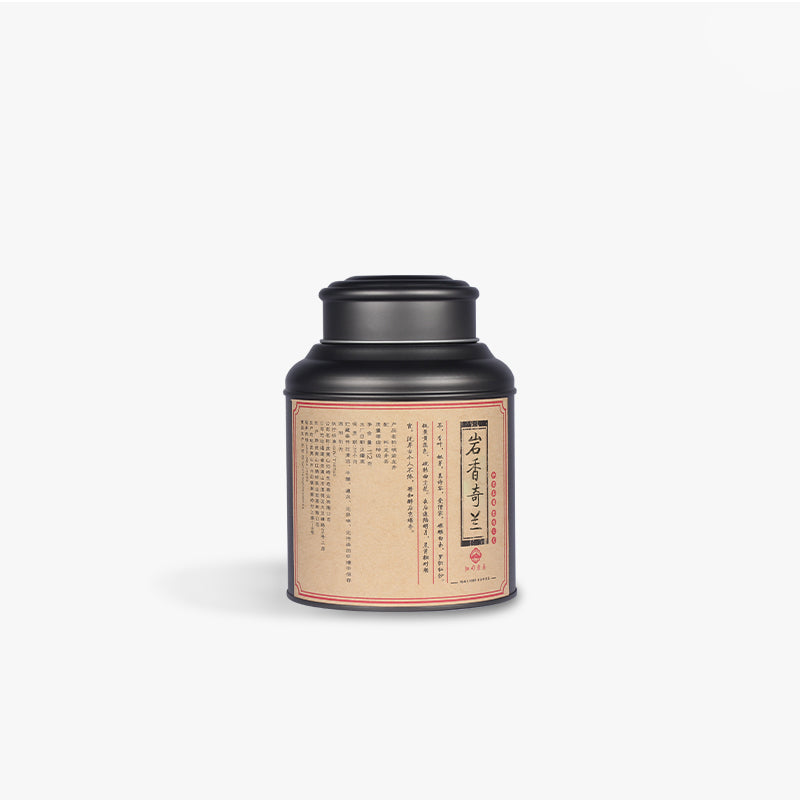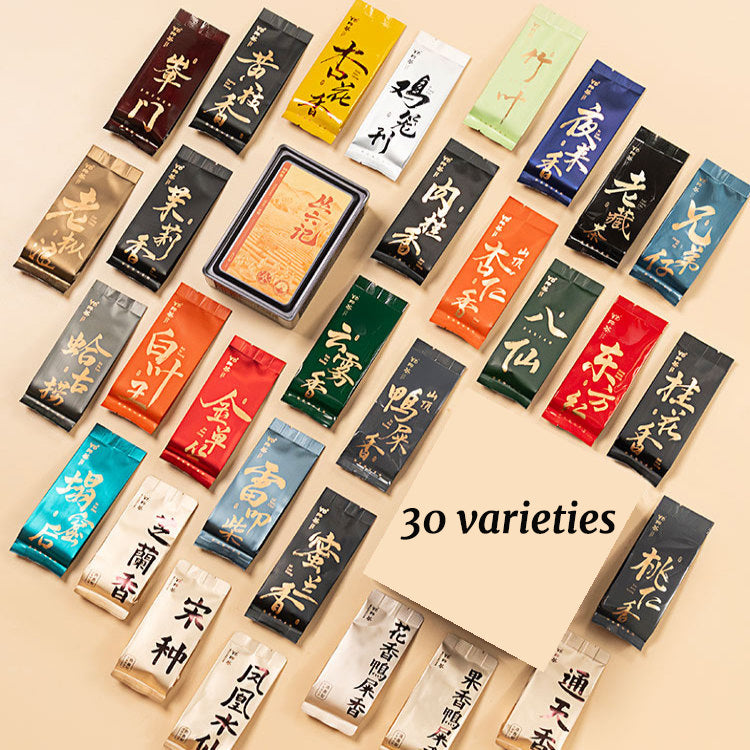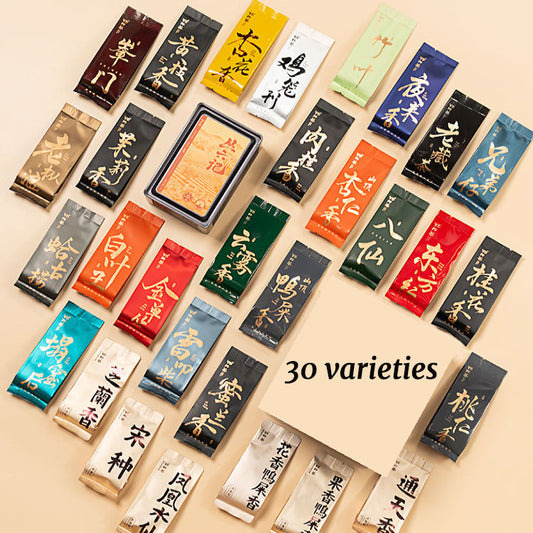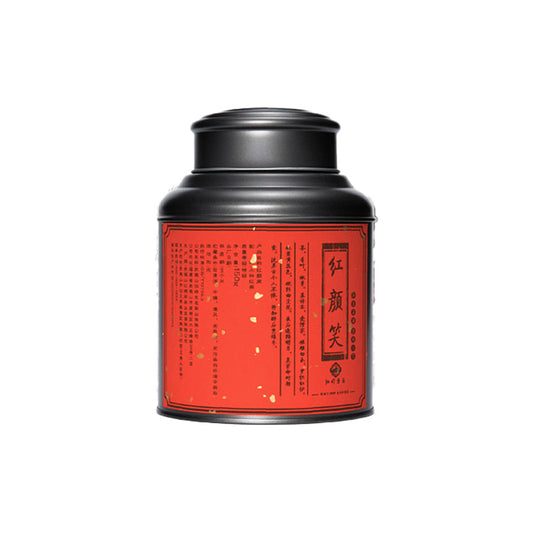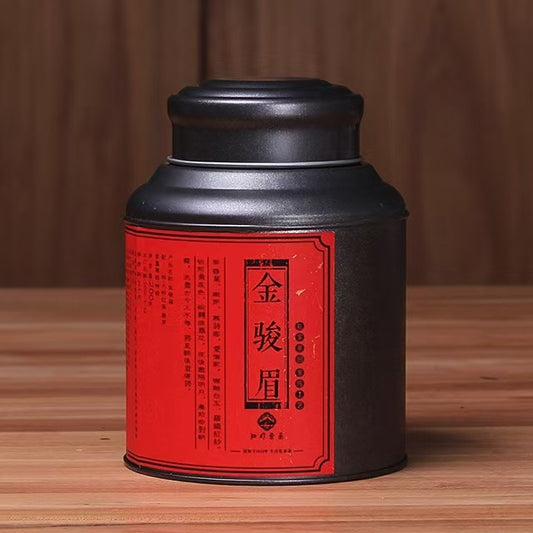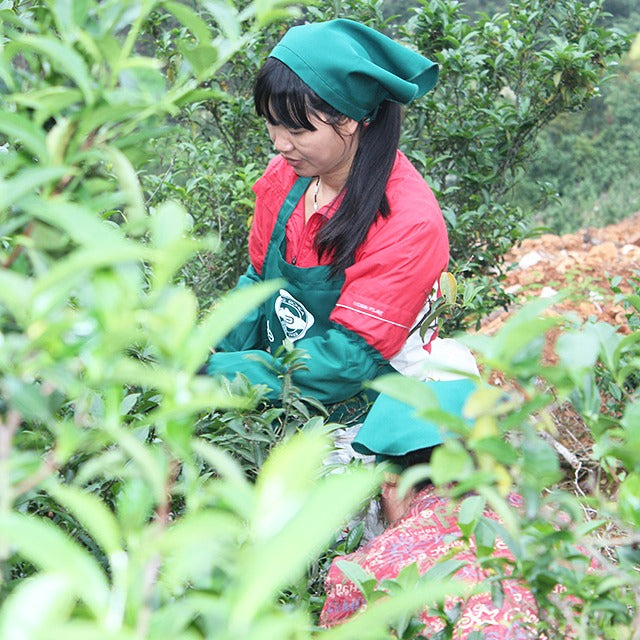Tea of the Moon
Tea of the Moon
In the quiet countryside of Fujian, China, a fragrant tea captures the essence of the celestial body it is named after: Tea of the Moon. With a name that evokes mystery and allure, this tea is deeply intertwined with the rhythms of nature and the cultural heritage of its origin. As a devoted tea lover, I've found the stories and subtleties wrapped around this tea to be as enchanting as the drink itself.
Tea of the Moon is primarily a high-grade white tea, and its cultivation begins under the cool glow of the early morning moonlight. This time-honored practice, though seemingly poetic, is rooted in practicality. Harvesting the delicate leaves at this time helps preserve their natural aroma and flavor, protected from the harshness of the day’s sun. The plucking usually happens during the first full moon of spring — an event steeped in tradition, where the tea pickers silently follow ancient rituals, aware of the moon’s gentle gaze.
The craftsmanship involved in producing this tea is nothing short of art. Once picked, the tea leaves undergo a delicate withering process that enhances their floral and honey-like notes. The leaves are then carefully dried, their silvery-white appearance capturing the soft luminescence of moonlight. The result is a refreshingly sweet and subtly complex brew that speaks of purity and serenity, much like a calm night under the moon.
Brewing Tea of the Moon is an experience that deserves patience and a mindful touch. I remember the first time I prepared this tea; I was advised to use water no hotter than 175°F, to gently coax the flavors out without overwhelming them. The leaves unfurled slowly, releasing a gentle fragrance that filled the room, reminding me of a spring garden bathed in moonlight. Each sip was a journey — a fleeting dance of soft sweetness and delicate floral notes that lingered on the palate.
While it is tempting to compare Tea of the Moon with other renowned white teas, such as Silver Needle or Bai Mu Dan, this tea's charm lies in its unique connection to its lunar origins and the traditions that sustain it. It offers a meditative experience that encourages one to pause and appreciate the moment, much like gazing at the moon itself can inspire contemplation.
For those who cherish heritage, aesthetics, and meaningful stories more than just the beverage, Tea of the Moon provides a gateway to a rich cultural tapestry. It is a reminder that every cup of tea we enjoy has a story — one that begins in the fields under the moonlit sky and ends in our hands, ready to be discovered with each sip. So, the next time the moon shines bright, consider steeping a cup of this tea, and let it transport you to the quiet tea gardens of Fujian, where tradition and nature meet in harmonious elegance.

